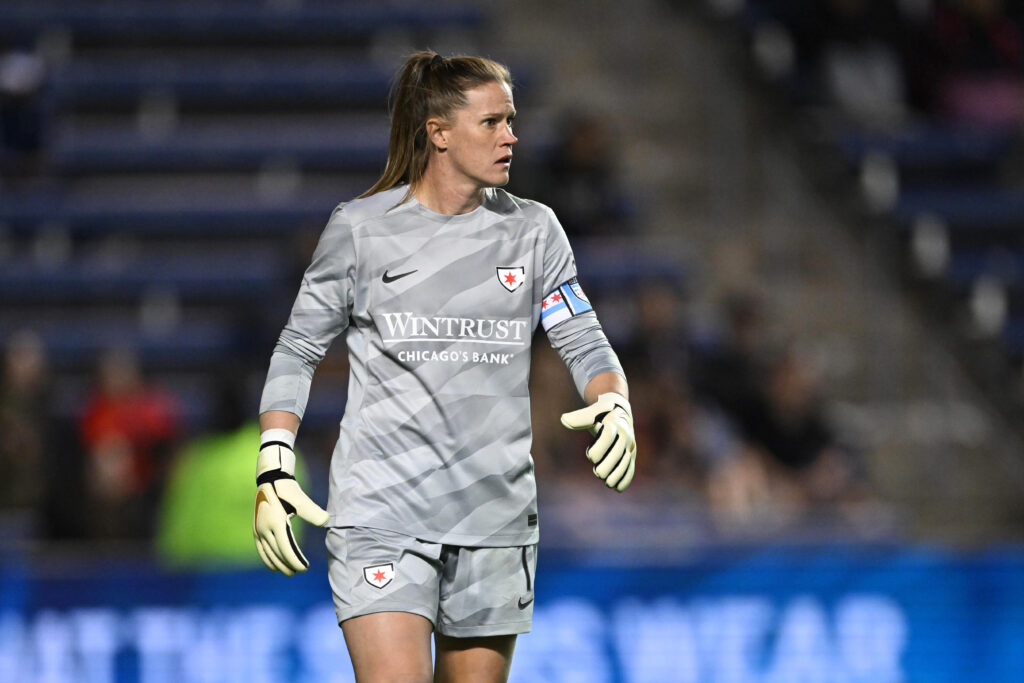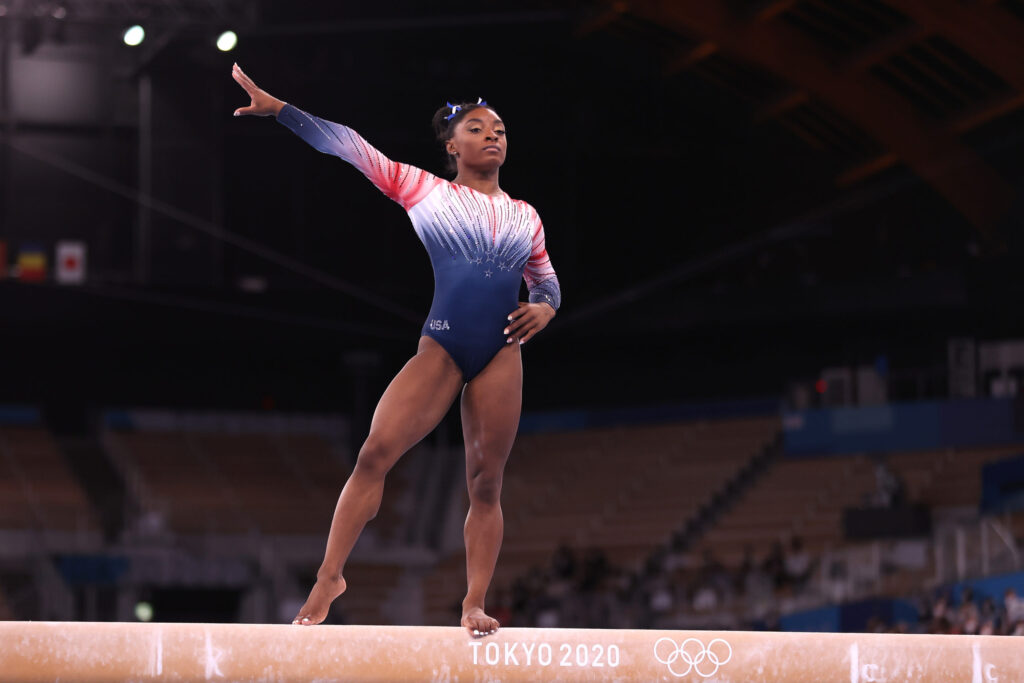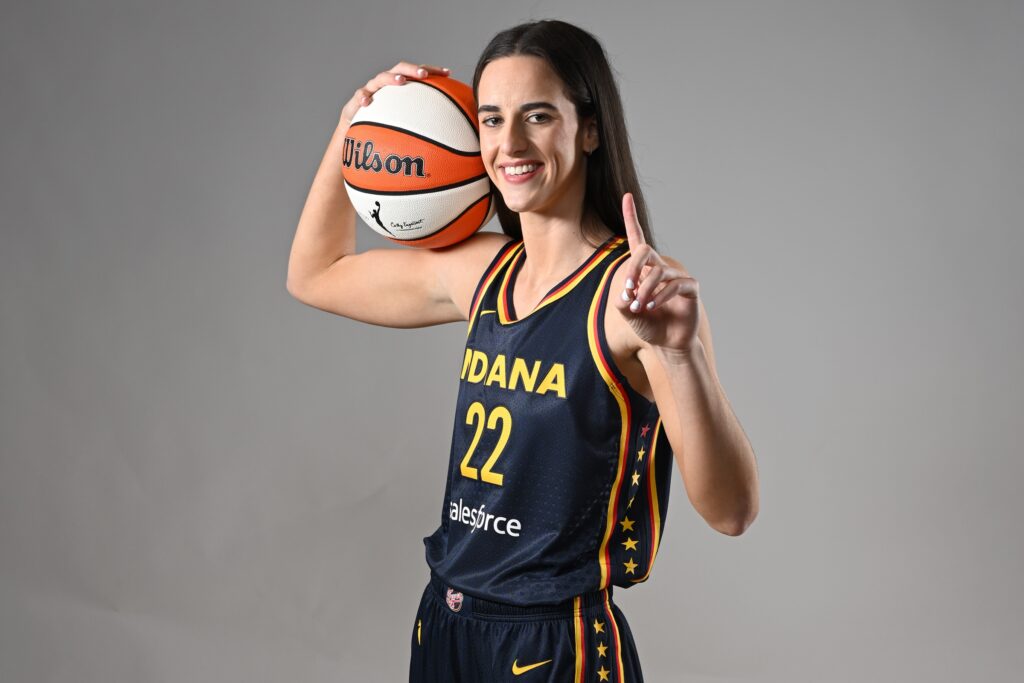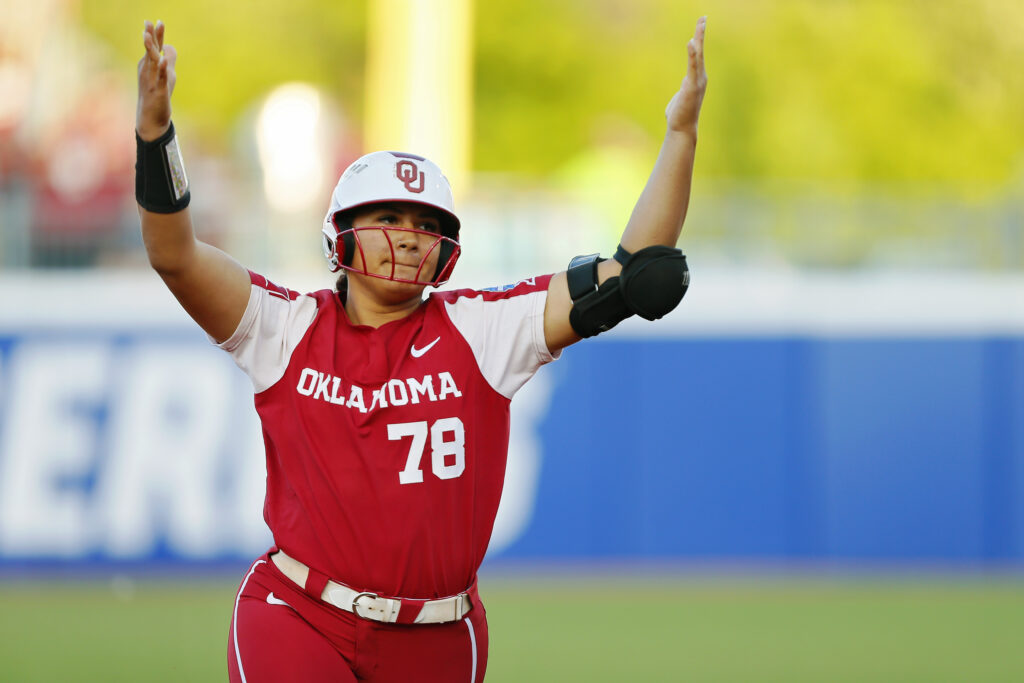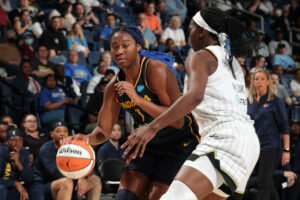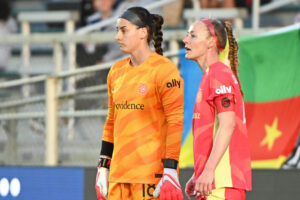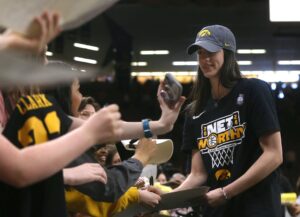The 2021 WNBA All-Star Game proceedings have been unique at every level. With the game a week away, we’ve taken some time to digest the competitive voting process and roster selections and offer our thoughts on the matchup pitting the U.S. women’s national team against the best of the rest in the league.
For the first time, the WNBA is holding an official All-Star Game the same year as the Olympics. Team USA faced a group of WNBA All-Stars in an exhibition during the 2004 Olympic year, and the “Stars at the Sun” showcase in 2010 featured the same matchup, but neither was considered a WNBA All-Star Game.
This year, every player selected to represent the U.S. in Tokyo earns 2021 All-Star accolades. That meant voters faced the challenge of identifying the 10 best WNBA players (six frontcourt and four backcourt) who are outside of the Team USA roster.
The selection process consisted of 50 percent voting by fans, 25 percent by current WNBA players and 25 percent by the media. WNBA head coaches then determined the 12 All-Stars among the top 36 vote-getters, with the caveat that coaches couldn’t vote for players on their own teams.
The 17th WNBA All-Star Game will take place at Mandalay Bay Resort and Casino in Las Vegas next Wednesday at 7 p.m. ET on ESPN. Here’s what you can expect from the unprecedented event.
Announcing your @ATT #WNBAAllStar 2021 roster! ⭐
— WNBA (@WNBA) June 30, 2021
They will be squaring off against @usabasketball for the first time ever in Las Vegas on July 14th at 7pm/ET on ESPN.#CountIt pic.twitter.com/hu1vw7Hvsb
The newbies
This year’s WNBA All-Star squad features seven first-timers: Kahleah Copper, Dearica Hamby, Brionna Jones, Betnijah Laney, Arike Ogunbowale, Satou Sabally and Courtney Williams. With them, the WNBA All-Stars have a legitimate chance to beat Team USA.
Those seven players combine for over 110 points per game and an efficient 48 percent field-goal percentage. In addition to the sheer offensive firepower of the group, these first-timers bring energy and will be hungry for a win. Combine that with the veteran All-Star returners who might have a bit of a chip on their shoulder after not making the U.S. Olympic team, and we could be in for one of the most competitive All-Star Games in the league’s history.
The matchup
In years past, the All-Star Game was an opportunity for the WNBA to showcase its top players and for the athletes to mingle and celebrate their accomplishments in a light-hearted event. It was a chance for the majority of the league to get rest while the All-Stars enjoyed themselves, playing the game cautiously enough to avoid injury.
This year, Team USA will be in the middle of its training camp in Las Vegas, tasked with building chemistry, competing and preparing to win their seventh gold medal in Tokyo. The team has pre-Olympic tune-up games against Australia and Nigeria, but neither opponent is as deep and talented as the 2021 All-Star Team.
If Team USA and the WNBA All-Stars both compete at 100 percent, it is a coin flip as to who wins. Each team has the offensive talent to score points, so whichever side goes in with a better defensive game plan will have the upper hand.
Here’s who I would start on each team:
Team USA
Sue Bird PG
Jewell Loyd SG
Ariel Atkins F
Breanna Stewart F
Sylvia Fowles C
WNBA All-Stars
Courtney Vandersloot PG
Arike Ogunbowale SG
DeWanna Bonner F
Candace Parker F
Liz Cambage C
I like this WNBA All-Star group because Courtney Vandersloot, Candace Parker and DeWanna Bonner are veteran leaders who will value defense while Arike Ogunbowale and Liz Cambage are offensive threats who have the potential to put Team USA on their heels early. The All-Stars have a slight edge over Team USA in rim protection, with Jonquel Jones’ ability to secure rebounds and guard the paint.
I’m also eyeing the Candace Parker-Breanna Stewart matchup. Watching arguably two of the best point-forwards and competitors in the world going toe-to-toe is a basketball lover’s dream.
Historically, Team USA has prevailed over the WNBA All-Star team, but we have yet to see a matchup like this one under these circumstances.
My pick: Call me crazy, but for all of those reasons, I’m going with the WNBA All-Stars.

Biggest snubs
It’s hard to argue with any of the All-Star selections, but the most glaring absence to me is that of Nneka Ogwumike.
It was surprising, first of all, that Ogwumike didn’t earn an All-Star nod with Team USA. The forward was left off the Olympic roster after a successful year with the national team in which she was the second-leading scorer and MVP of the 2020 FIBA Olympic Qualifying Tournament. Ogwumike, who won WNBA MVP in 2016, is the only former MVP never to make a U.S. Olympic roster.
Ogwumike has played in just five games this WNBA season because of an injury. In those games, she averaged 16.4 points and seven rebounds per game on 59 percent shooting from the field. Despite the small sample size, the six-time All Star deserves to be in the conversation because of the sheer impact she makes for the Sparks, accounting for close to 25 percent of their scoring and rebounding when on the court.
Jackie Young is another player who had a strong argument to make the All-Star roster. Young is the fourth-leading scorer for the top-ranked Aces, averaging 12.8 points per game on an efficient 48 percent shooting from the field. The third-year guard is an X-factor for Las Vegas as she continues to stretch opponents defensively, shooting a career-best 39 percent from the 3-point line. Young has been a steady force on both ends of the floor, playing the most minutes (32.7 per game) and putting up the best numbers of her career.
Then there’s Marina Mabrey, the Dallas Wings guard who has emerged as a top early candidate for Most Improved. Mabrey is currently in the top 20 in the league in scoring at 14.8 points per game, including seven 20-plus point performances in the Wings’ 19 games.

